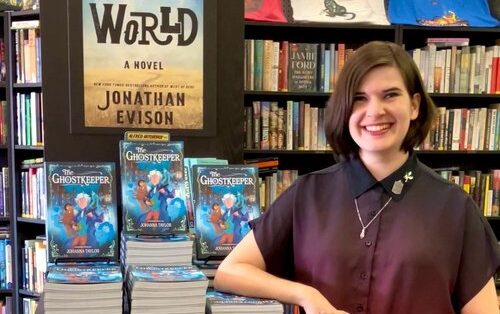
by Michele Kirichanskaya | Nov 6, 2024 | Blog
Johanna Taylor is an illustrator, concept artist with a BFA in Animation and graphic novelist based in Salt Lake City. She is passionate about tabletop RPGs, and comics, exploring topics of mental health through storytelling. Johanna also enjoys video games and...
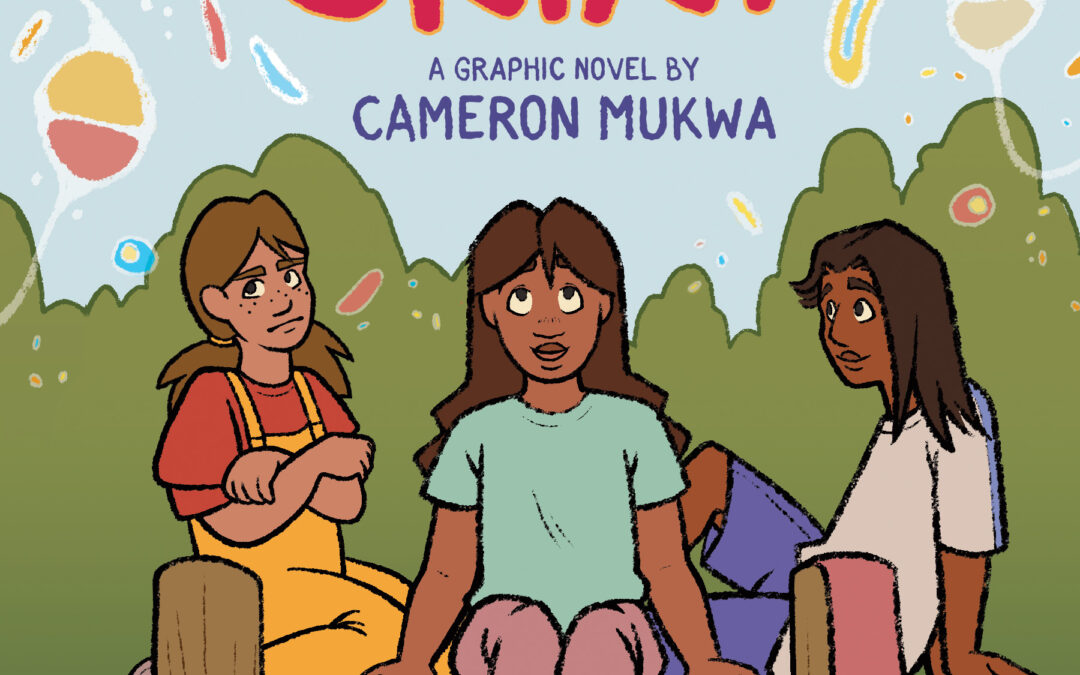
by Michele Kirichanskaya | Oct 12, 2024 | Blog
Cameron Mukwa is a two-spirit Anishinaabe cartoonist, illustrator, and children’s educator whose portfolio of work is dedicated to showcasing Indigenous and transgender joy. The Ribbon Skirt is his first graphic novel. I had the opportunity to interview Cameron,...
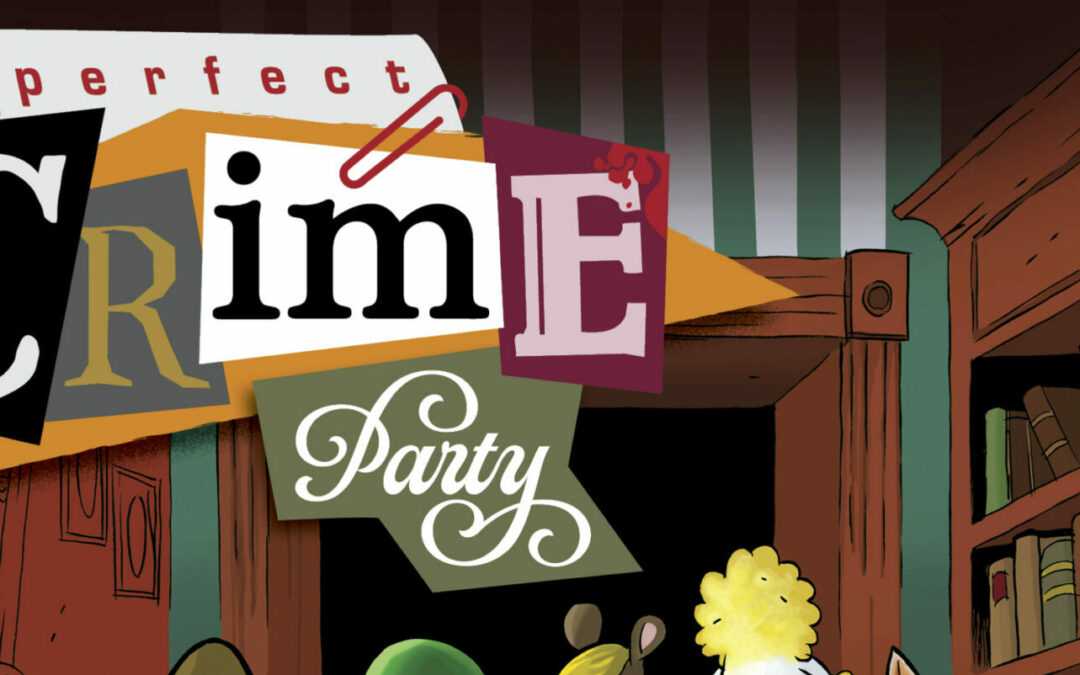
by Joe Corallo | Aug 26, 2024 | Blog, Featured
For immediate release: PERFECT CRIME PARTY is A Comics Anthology Packed With 25 Light-Hearted Tales of Criminal Activity, Featuring 40+ Creators And A Cover by Jeff Smith Available Via Backerkit From Award-Winning Publisher Iron Circus (August 26, 2024) Spike...
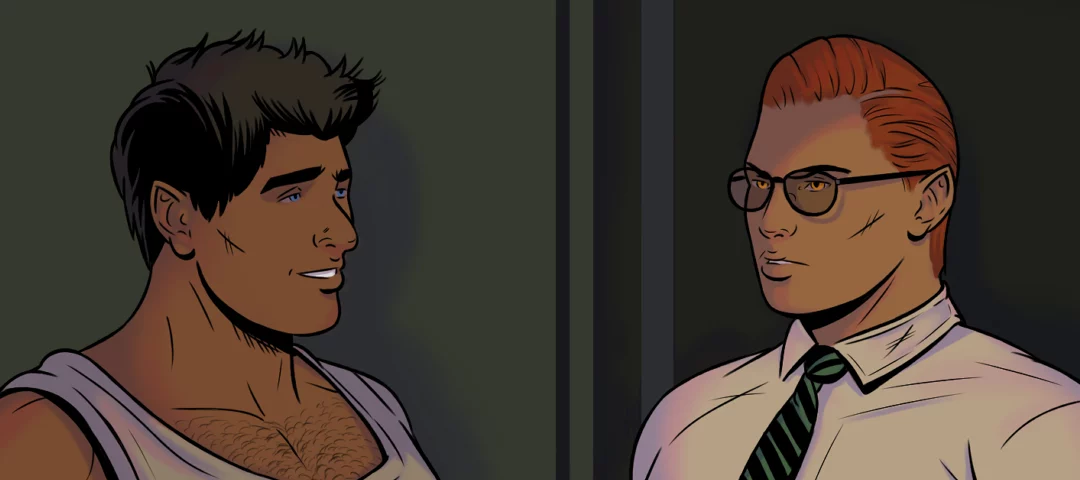
by Alexa Goodrich-Houska (she/they) | Aug 7, 2024 | Blog
Busy Geek Breakdown (TL;DR): “Iron Nail Afternoon” by LJ Phillips is a must-read fantasy webcomic set in a world filled with monsters and misfits. Follow Sed Stonehaven, the charismatic sheriff, along with his allies Rachel, a strategic witch, and Little...
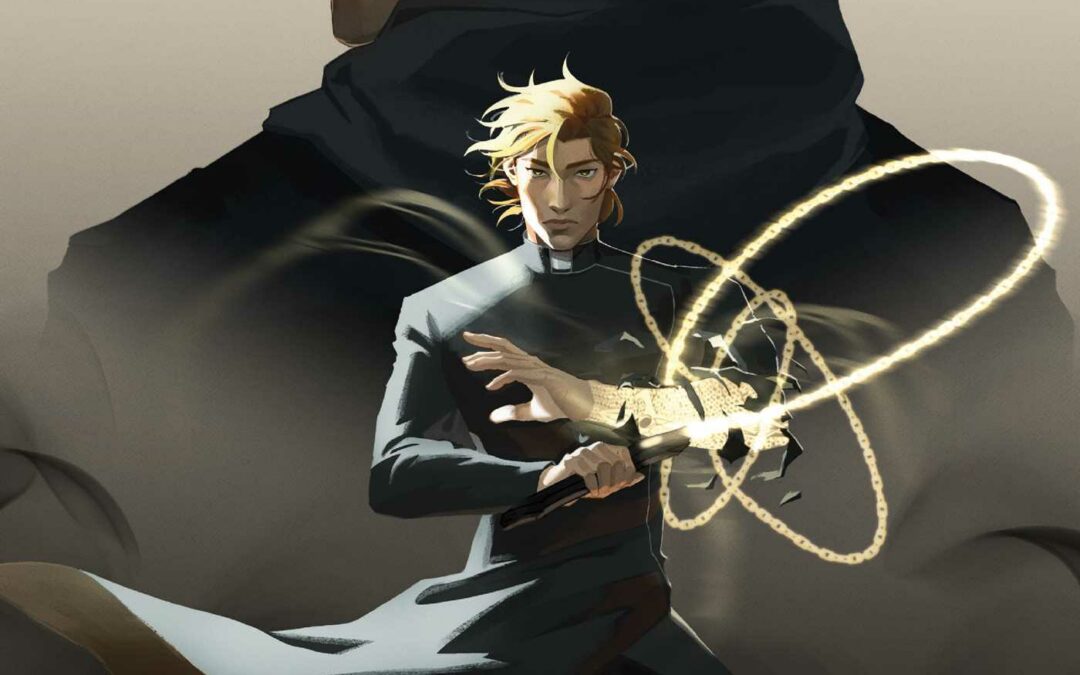
by Michele Kirichanskaya | Jul 31, 2024 | Blog
LySandra Vuong is a comic artist and the creator of COVENANT, a WEBTOON Originals series. Formerly a mechanical engineer, she now draws hot priests for a living. I had the opportunity to interview LySandra, which you can read below. First of all, welcome to Geeks OUT!...






